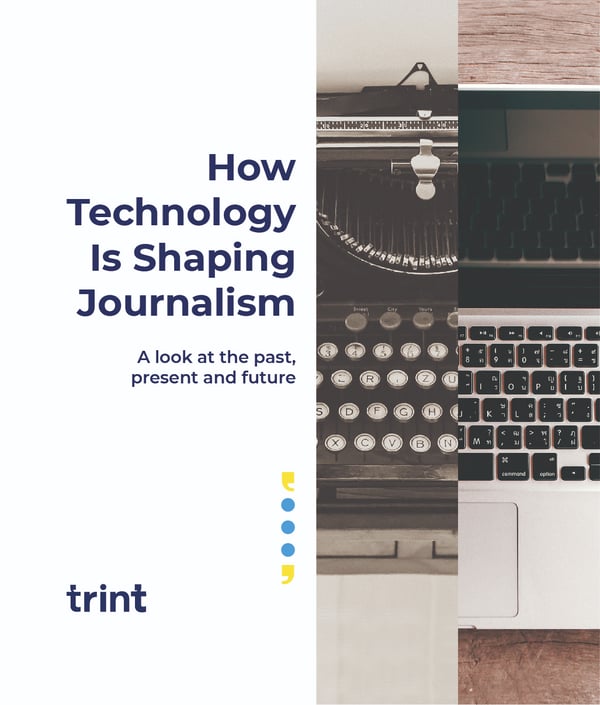Introduction
How journalism’s digital revolution is ending… and why the AI revolution has already started.

The history of journalism is a history of technological revolutions.
From the invention of the printing press, to the development of television, the internet and social media, each new medium has transformed the way that information is shared and how stories are told.
The last decade has seen news operations pivot to digital. The default assumption of every news organization today is not that consumers will be picking up a print newspaper or tuning into an evening news broadcast, but that they will be glancing at the phone in their pocket.
The digital revolution then, is almost over, and the industry has been transformed. But this does not mean news organizations should rest easy - the next revolution is just beginning. A.I. is transforming journalism all over again.
In 1964, the philosopher Marshall McLuhan famously said that “The Medium is the Message,” arguing that the methods used to communicate information shape the message that’s delivered, and 60 years on, he has been repeatedly vindicated.
We now live in a world where news breaks on Twitter, and is covered by 24-hour rolling news operations. Journalists have been forced to evolve to meet the challenges of these new formats and business models.
And now journalists must adapt again.
In this paper, we will explore in depth how the digital revolution has transformed journalism, and look at how technology is shaping the AI revolution. And we will argue that there is an enormous opportunity for the journalists and news organizations who don’t fear the coming transformation – but embrace it.

Download the full whitepaper by completing the form below and learn:
- What technology leading journalists and newsrooms use
- What processes top newsrooms use and how tech fits into their workflow
- What key trends will shape the profession over the next decade

